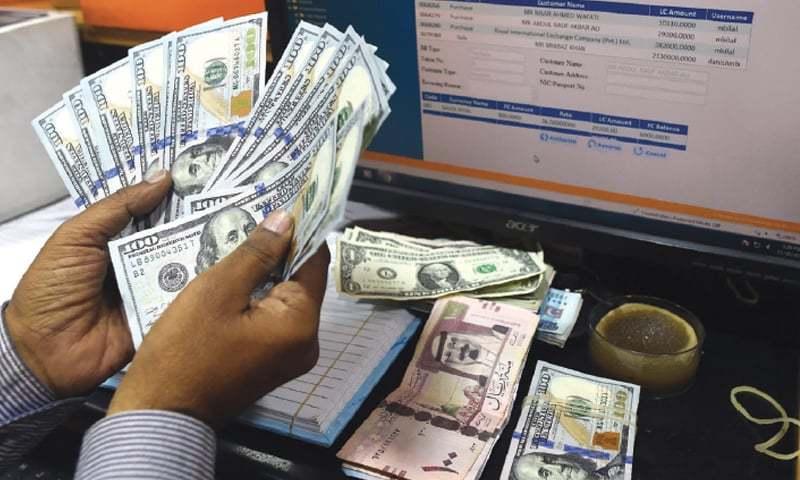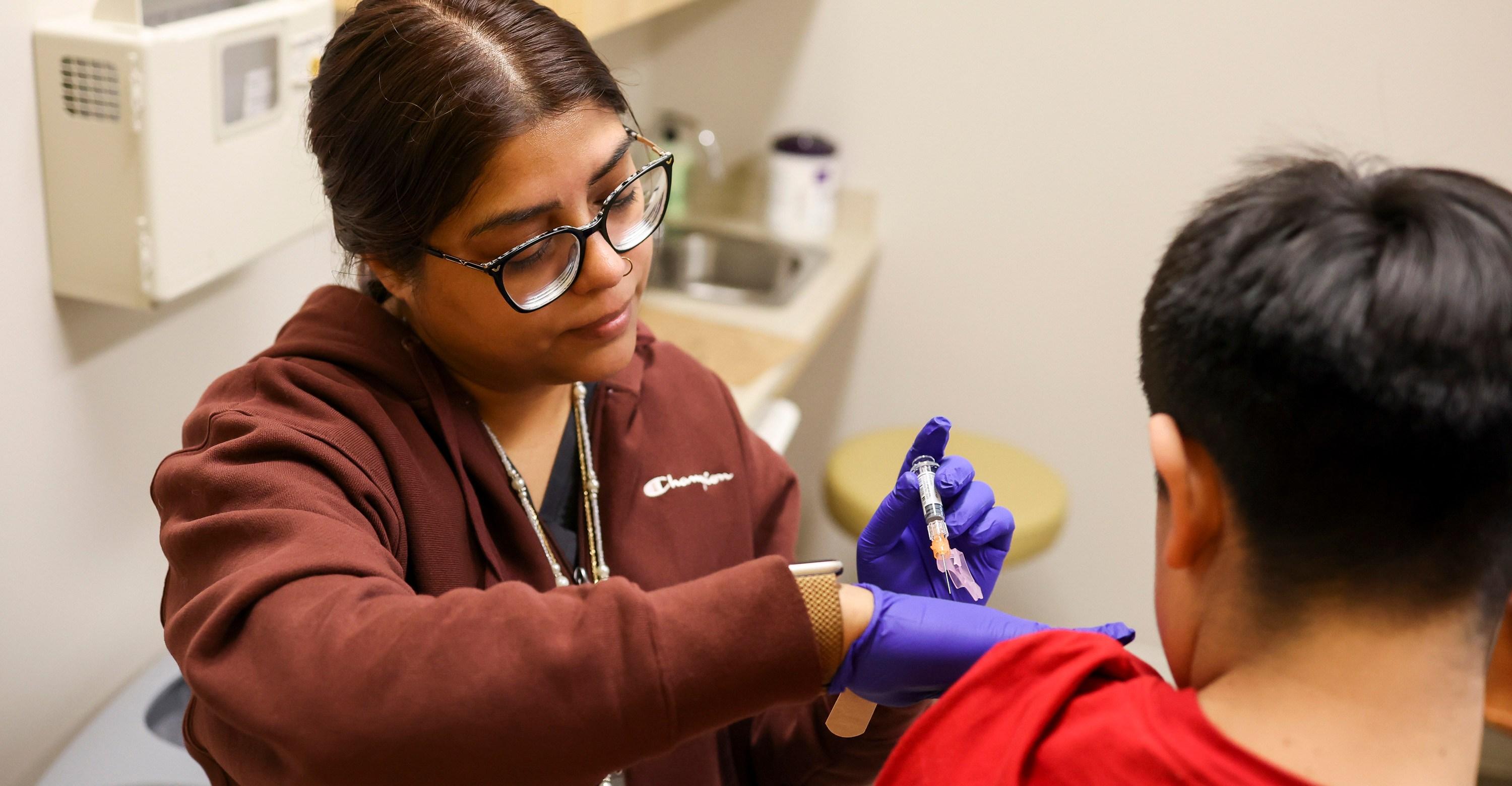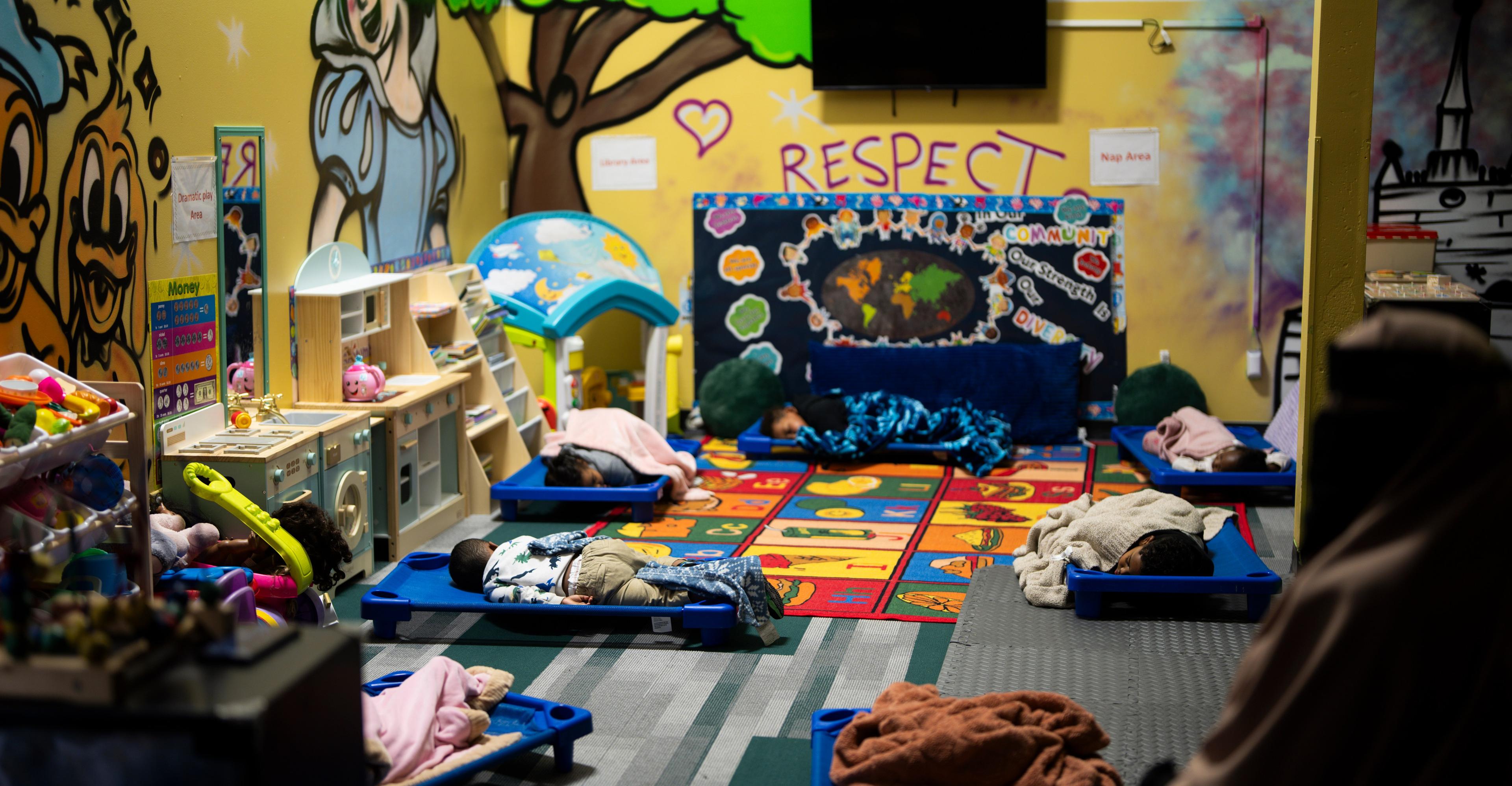Economic data released this week suggests inflation is continuing to cool, paving the way for the Federal Reserve to lower interest rates, which would relieve some of the pressure high borrowing costs put on consumers and businesses. According to the July Co…

Published a year ago on Aug 20th 2024, 12:00 pm
By Web Desk

Economic data released this week suggests inflation is continuing to cool, paving the way for the Federal Reserve to lower interest rates, which would relieve some of the pressure high borrowing costs put on consumers and businesses. According to the July Consumer Price Index (CPI) report released Wednesday, year-over-year inflation dipped to 2.9 percent overall, lower than any month since March 2021. The CPI captures the change in prices of representative goods and services purchased by consumers compared to the same month in the previous year and is considered a standard measure of inflation. Though the report found costs associated with child care and renting a home continue to rise at a higher rate than prices overall, inflation has dropped significantly since its peak of 9.1 percent in June 2022, and it is now inching closer to the Fed’s 2 percent target rate. And if it were not for rental inflation, the overall inflation rate would be below that 2 percent target. It follows another good day of data on Tuesday, when the latest Producer Price Index report, which measures the change in prices for goods and services sold by producers to retailers, indicated that wholesale inflation had also come down to 0.1 percent, on par with low pre-pandemic levels. High wholesale inflation can sometimes indicate that prices will rise for consumers because retailers have to recoup higher costs. These numbers suggest a better economy for consumers, but the overall picture certainly isn’t perfect. The US only added 114,000 jobs in July, below expectations of about 150,000, and unemployment rose to 4.3 percent — higher than any month since October 2021. These numbers are not in and of themselves a crisis: The unemployment rate is still relatively low, and the underperformance in hiring isn’t catastrophic, but both have been taken as signals that the US economy might be showing some cracks. What low inflation means for the economy and interest rates This week’s news has many economists and finance experts arguing that the time has come for the US Federal Reserve — which sets interest rates, manages the money supply, and purchases assets as a steward of the US economy — should cut interest rates. “Today’s inflation data provides further support for aggressive Fed rate cuts beginning in September,” said Morningstar’s chief US economist Preston Caldwell. An interest rate cut would make it easier for consumers and businesses alike to pay off debt and borrow money. That could eventually improve hiring and lead to overall economic growth. But there’s some uncertainty about just how much a rate cut would help the overall economy. Fed chair Jerome Powell has been making statements in the last month that left open the possibility the Fed will cut rates at its September 17 meeting without fully committing. “The overall sense of the committee … is that we’re getting closer to the point at which it will be appropriate to begin to dial back restriction. We’re not at the point yet,” he said on August 1. “We want to see more good data.” Caldwell said that Morningstar is projecting a 0.25 percent cut in September, rather than the 0.5 percent cut that other analysts are expecting. The urgency of cutting rates has increased in recent weeks given the troubling job numbers as well as a brief global stock market meltdown linked to trading activity in Japan. Both were seen as signs the economy could use a little stimulation. But even lower interest rates might not immediately relieve the existing pressures on the economy. There is growing unease, among both financial analysts and consumers, that a recession is on the horizon. Caldwell said Morningstar is projecting a deceleration in economic activity in the next year. Some other analysts warn that the US economy could see a downturn even without an official recession — which is defined as two straight quarters of negative economic growth. And there’s a question of how much Fed policy can actually avert that. Consumer confidence also dipped in July, with 3 in 5 Americans falsely believing the US is already in a recession in a recent survey by Affirm. The fundamentals of the economy are still relatively strong. As Matt Colyar, an economist at Moody’s Analytics, recently told me, households and businesses have handled their debt relatively well, and hiring has remained solid for much longer than most people anticipated. But it might take a while before individuals struggling with inflation or to find jobs in a tough market feel the relief they’re looking for.

Want closer friendships? Find your “strawberry people”
- a day ago
Iran warns Washington it will retaliate against any attack
- 8 hours ago

Foreign remittances hit record high of $3.6bn in December
- 9 hours ago
Bangladesh players act normal despite controversies, says Shanto
- 7 hours ago
Islamabad: Cylinder blast in wedding house leaves eight dead, 11 hurt
- 8 hours ago

Preparing youth for digital economy: inside Pakistan’s wealth university
- 9 hours ago
Pakistan reiterates support for Somalia's sovereignty, integrity
- 5 hours ago
Pakistan Navy ships visit Port Sultan Qaboos
- 9 hours ago
Bob Weir, Grateful Dead co-founder and rhythm guitarist, dead at 78
- 7 hours ago
Mainly cold, dry weather expected in most parts: Met Office
- 9 hours ago

How the US shut the door on asylum-seekers
- a day ago

Forensic report confirms presence of CM Sohail Afridi in May 9 incidents
- 10 hours ago
You May Like
Trending








